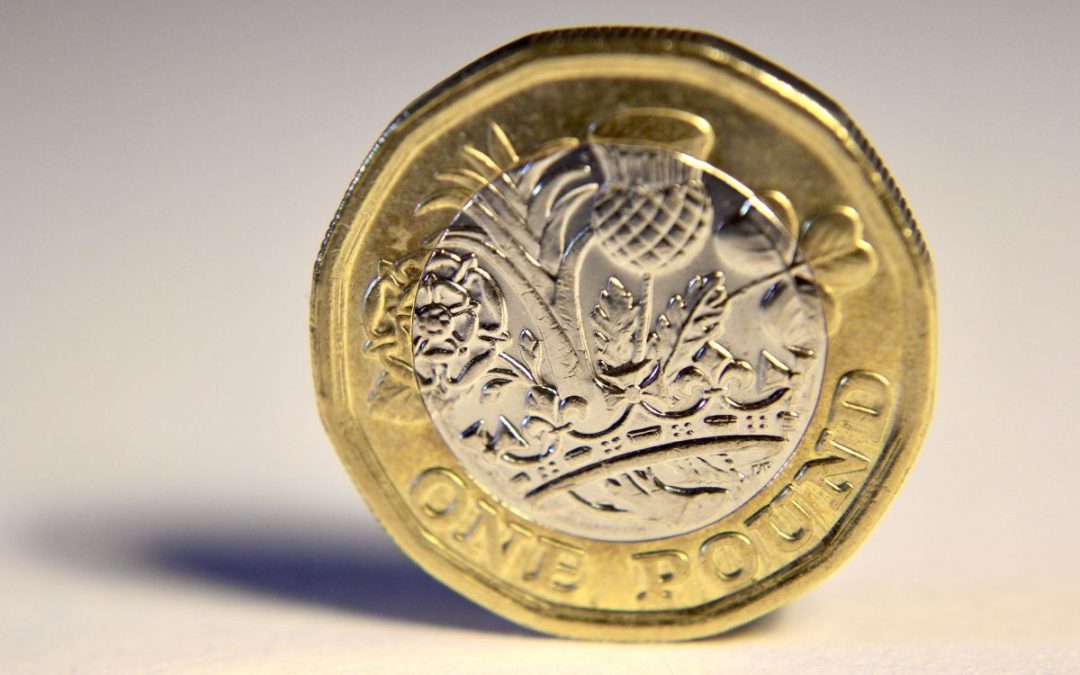Sterling appears to be on quite an unpleasant rollercoaster ride. The government’s “mini budget” tax cuts and borrowing plans have triggered a sharp selloff in sterling, sending the pound to its lowest ever level against the US dollar.
But in this turmoil, fine wine has been seeing some strong demand.
The immediate impact is that sterling-dominated fine wine is now cheaper for buyers with dollars and many other currencies. For example, a case of £1,000 wine would cost the equivalent of around $1,070 based on recent exchange rates. But at the beginning of the year, a £1,000 case would have required around £1,350 – far more.
Liv-ex reported that there’s been an uptick in US and Asian buyers. Europe’s activity has been more muted, and the UK trading has remained relatively steady. Wine is largely priced in sterling and euros, therefore the current situation is facilitating high levels of trade from the USA and Hong Kong who are currently taking advantage of the current rates.
However, even though the current government has doesn’t currently have a clear path to rectify the selloff, there is certainly a desire across the political spectrum to see a return to a more stable, stronger pound. The Bank of England is expected to step in with rate hikes to protect the currency.
Ultimately, the pound’s uncertain direction and the market structure of fine wine means we view fine wine as a long-term investment. Some investors may choose to take advantage of the potential opportunity created by a soft pound, but long-term, we believe fine wine’s main benefit stems from the fact it is generally separated from macroeconomic policy.

